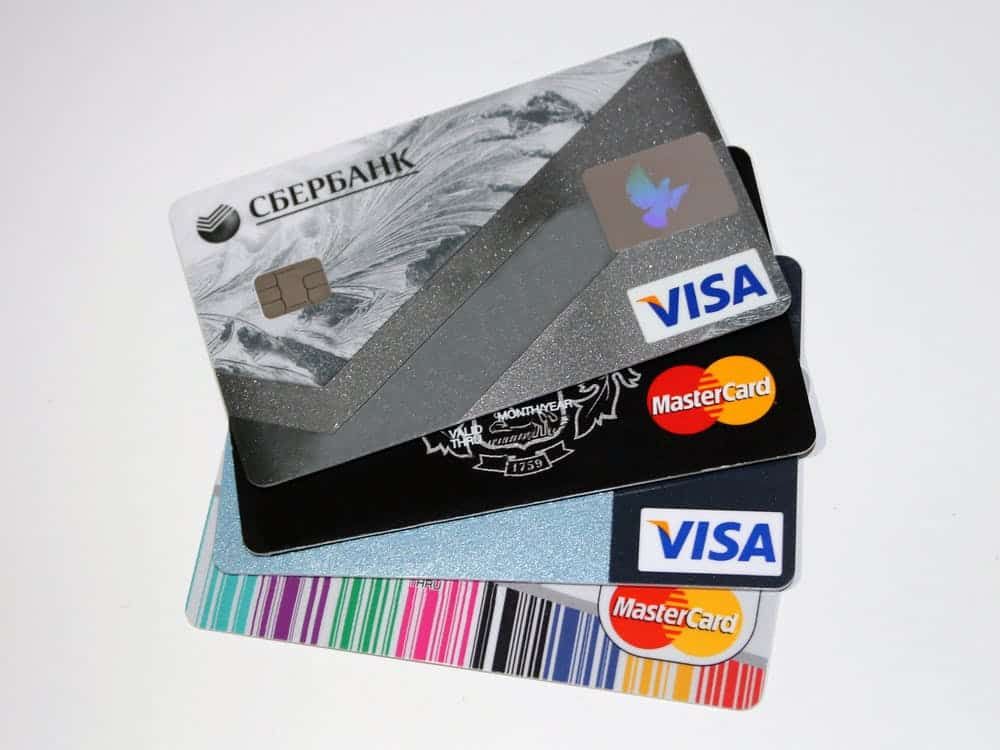
ID cards have become ubiquitous in UK schools over the last five years and are now worn by staff, students and visitors. However, what benefits could a school have if those cards were more than just a piece of plastic with a name and photo printed on to them? What if they replaced simple ID cards with smart cards? Innovative smart card technology is providing schools with a wide range of benefits, from reduced workloads to more robust safeguarding. Here we’ll show you some of the key ways smart cards are helping schools.
Unlike standard ID cards that only have a photograph and a name printed on them, smart cards are encoded with a unique identifier that enables access to other verification data held on a school’s database. This can include biometric data, such as facial recognition, that helps prevent fake or stolen ID being used.
Importantly, the data itself is not stored on the chip but on the system, which prevents it being accessed, copied or modified if the card is lost or stolen. Not only does this ensure robust data privacy, it also provides rigorous authentication.
Smart cards also enable authorised access to other important personal data, such as emergency contact details, medical information and pupil records. Access to the data can be controlled so that only those who have authorisation can see it.
Although the recording and monitoring of pupils’ attendance and punctuality are essential for both safeguarding and educational reasons, undertaking it is an onerous administrative task. If just two minutes a lesson are spent taking a register, every child will lose over 30 hours of education each school year – the equivalent of having an extra week’s holiday. Between reception and the end of year 11, that’s over a term of wasted time.
By using smart card technology, schools can take away the administrative burden on staff and free up the lost time for much more productive purposes. All schools need to do is install readers by the doors to rooms so that pupils can register by tapping their smart ID cards as they enter.
Aside from reducing wasted registration times, smart cards help schools monitor attendance and punctuality much better. As soon as pupils tap their cards, their attendance, time of arrival and location is logged on the school system automatically. If children are late or absent, staff are made immediately aware as the system can notify them straight away. Text messages can also be sent to parents. This means there is no need to check registers manually, freeing staff up to concentrate on those children who are absent. The data can also be used to generate reports and even track the location a pupil has visited in the building throughout the day – which can be very helpful in finding any pupil who is internally truanting.
Of course, issuing staff with smart cards also means HR can monitor the attendance and punctuality of staff, not just for lessons but for things like break duty, staff meetings, CPD and parents’ evenings, etc.
Keeping unwanted intruders out of schools has led many of them to implement the use of restrictive entrances and internal doors which cannot be opened unless someone has a key fob. Smart card technology can enhance this security and get rid of many of the hassles which come when only a few authorised people are given a fob and keep having to open doors for others.
As every smart card has its own unique identifier, it means each individual can be given personalised access rights to different rooms and locations in the building. It means lower school pupils can be prevented from going into the 6th form common room, teachers can be kept out of the head’s office, males can be locked out of the girl’s changing rooms and vice versa. It also means a record of where people have been (and when) can be created, which can be helpful if there is an incident that needs investigating.
The other big advantage that individual smart cards have over all-door key fobs is that if a person loses their smart card it can be deactivated immediately on the school’s system. This is also true for cards which belong to staff and pupils who leave the school or even for contractors working on the site over a short period. This way, no one can use an old or lost card to gain access to the school.
It is not only access to and within the building that can be controlled by smart cards. They can also be used for logical access, ensuring that only authorised users can log in to the school’s IT system. This can stop staff and pupils from using someone else’s password and accessing data they are not privy too. Smart cards can also be used to control which parts of the system and which applications that individuals can use.
Turning schools into cashless environments brings a range of advantages. Pupils and staff can use smart cards to pay for goods at the school canteen, reprographics and even at vending machines. Parents can top up their children’s accounts online, through services like Parent Pay, which also lets them pay for school trips and events. All of this means there is no need to tally cash up at the end of each day nor do as much bookkeeping, as automatic reports can be generated for smart card transactions. It also means that dinner service can be speeded up as there is no need to spend time counting payments or giving change.
Summing up Smart cards and smart card readers, like those available from Universal Smart Cards, are having an important impact in schools throughout the UK. They improve safeguarding, give increased control over access, reduce administrative burdens and generally make school life more convenient for staff, pupils and their parents.